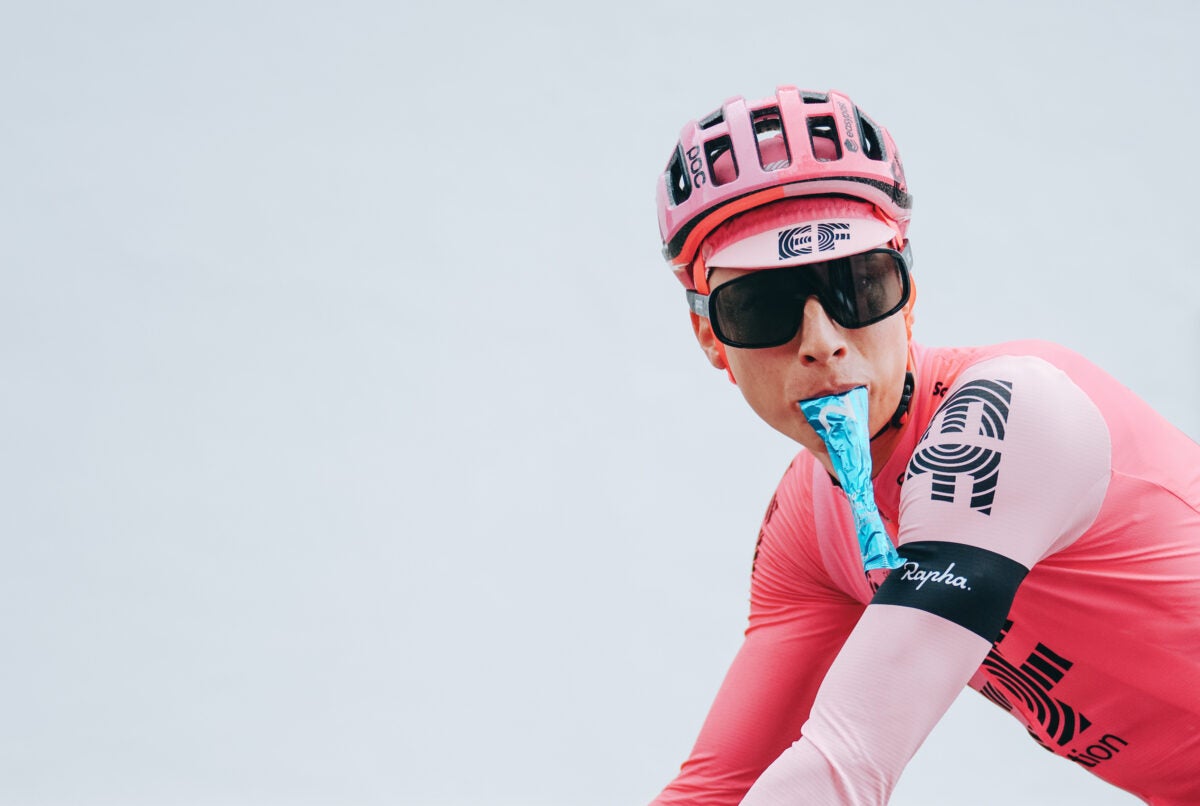“], “filter”: { “nextExceptions”: “img, blockquote, div”, “nextContainsExceptions”: “img, blockquote, a.btn, a.o-button”} }”>
One hundred twenty. It’s the magic number of the Tour de France.
Tadej Pogačar is among the majority of pros who squeeze down 120 grams of carbohydrate per hour to fuel their intensity of the Tour de France.
That’s maybe 50 percent more fuel than riders enjoyed when Chris Froome ruled all.
This high-carb “revolution” is seen as the biggest driver of the high-speed, ultra-aggressive modern Tour de France.
Energy reserves are endlessly full at the Tour. Pogačar can attack 12km from the bottom of the Hautacam without even a thought for “the bonk.”
The modern fueling mindset applies to training too.
Pros roll out for high-intensity training rides with jersey pockets bulging full of energy gels. The super-carb strategy lets them hit intervals harder, recover faster, and turn up to race ready to destroying every chapter of the Tour de France strategy manual.
So the question is – if Pogi and the rest of the Tour de France peloton are feeding at 120, should you?
Not even all the pros go to 120 … and those who do won’t do it every day
As Visma-Lease a Bike nutritionist Gabriel Martins says, the answer is … it depends [sorry].
Just like how you shouldn’t switch to tiny cranks purely “coz Pogačar does it,” you shouldn’t go eat five gels per hour, either.
“Let’s not jump on the bandwagon of everybody trying 120 grams or 150 grams because we hear Tadej or Jonas are doing it,” said Visma-Lease a Bike nutritionist Gabriel Martins. “Just because they benefit, not everybody does.”
Martins has finessed fueling strategies for riders like Jonas Vingegaard, Matteo Jorgenson, and Wout van Aert.
He points out that not even these super-caliber athletes necessarily eat that much.
“120 grams is seen as the benchmark, and it gets a lot of talk. But not every rider can tolerate that, and maybe not oxidise it, either,” Martins told Velo. “Even for our riders in the team, some are able to take more, some less.
“Fueling needs to be an individualized approach, and it can be something that takes time to get right,” he said. “You cannot just jump in and do 110-120, or whatever.”
And even for the high carb outliers – Pogačar, Victor Campenaerts, and Mathieu van der Poel are known to go 120 and beyond – not every day is a hyper fuel day.
Even at this record-speed Tour de France the old maxim to “fuel the work performed” still holds true.
Pogačar probably slammed more than 120g per hour before he barnstormed up Hautacam at 6.7w/kg for 35 minutes and blew up the Tour. The Athletic reported Ben Healy targeted 116g hour for his stage 6 winning raid.
Various team insiders told us their athletes might not have gone beyond 80g per hour on the Tour’s snoozy sprint weekend on stages 8 and 9.
All that’s to say, fueling is different for every individual, every day.
High carb for high power
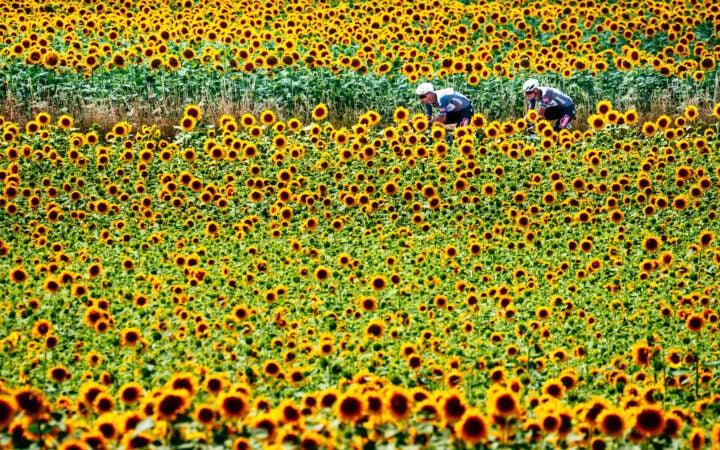
But back to the question.
If the “carbohydrate revolution” is making the Tour de France insanely fast, will hooking up on the high-carb IV be equally effective for me?
Sort of … to a point.
And it all depends how hard you can push.
The higher the power outputs, the higher the energy demand.
Most studies optimal fueling requires riders to replenish around 50 percent of the kilojoules they burn for effective on bike feeding.
Strava data suggests Jonas Rickaert burned around 4,700kJ for the duration of his three-and-a-half-hour, 400-watt, five-puke attack with MVDP. That’s an energy burn of close to 1,400kJ per hour, which works out to a gut-busting 175g carb per hour for optimal feeding.
Meanwhile, a strong amateur might burn 800kJ per hour on a very good day. Feeding that would require around 100 grams of carbs per hour.
Martins said very few amateurs ever achieve three-digit fueling – whether by accident or design.
“Most amateurs I see can benefit from increasing their ride intake if they’re pushing hard,” Martins told Velo. “I still see a lot of under consumption, or riders intentionally avoiding gels and drinks so they can eat as many cakes as possible at the coffee stop.”
He suggests recreational riders looking to boost performance stay out of the weeds of kJ calculations and whatnot and simply aim for “more.”
“Even 90 grams per hour would be a huge improvement for most recreational riders,” he said. “From my experience, only the most committed are doing that.”
It’s also important to note that products with a dual source of sugars [most energy products now use glucose to fructose ratios of 2:1 or 1:0.8] should be used to successfuly achieve a higher-carb approach.
Why? Coz science.
More is better, but more isn’t always more
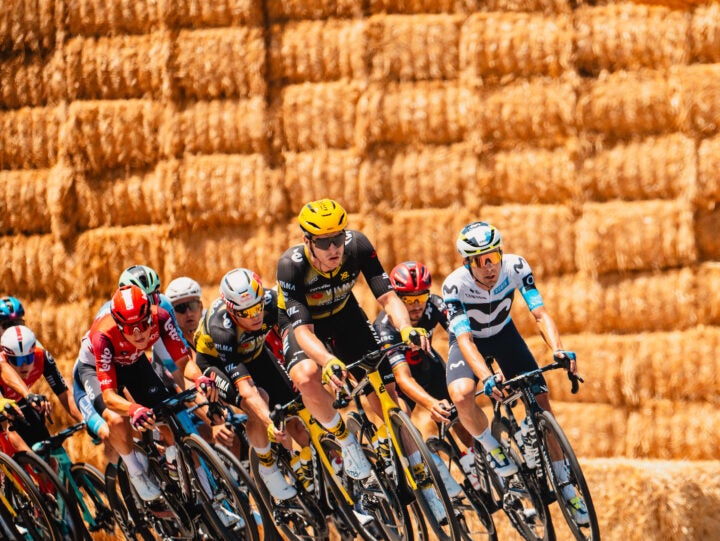
So “more” is “good,” when it comes to mid-ride carb.
But there’s still the possibility of too much of a bad thing.
“Overfueling” is simply a costly waste of gels. For those without an untrained stomach, it can cause G.I. distress. At the pro level, it throws meticulously calculated nutrient targets out of whack. And for most, there’s a limit to how much a working muscle can immediately matabolize.
Tim Podlogar works with Tudor Pro Cycling and has authored numerous studies on high-carb fueling.
“I don’t think we have any data to suggest that 120 will improve performance over 90 grams, let alone higher than 120 grams,” Podlogar told Velo. “The majority can probably oxidise 100 or 120 grams in a 1:0.8 ratio, but rarely anyone can go higher than this.”
Podlogar said the crazy fuel numbers spilling out of the most grueling blocks of the Tour de France are to sustain riders off the bike as much as on it.
“The very high intakes you see during days in the high mountains allow riders to stay in energy balance,” he said. “It’s very difficult to ingest enough calories before and after the race to cover daily needs. Eating more on the bike helps with that, which also improves day-to-day recovery.”
The principle extrapolates beyond racing to when pros train with hyper-carb strategies.
The hardest weeks of training for the WorldTour elite might be two or three times the volume of us average joes.
How to actually do it: Art, experience, surprisingly little science
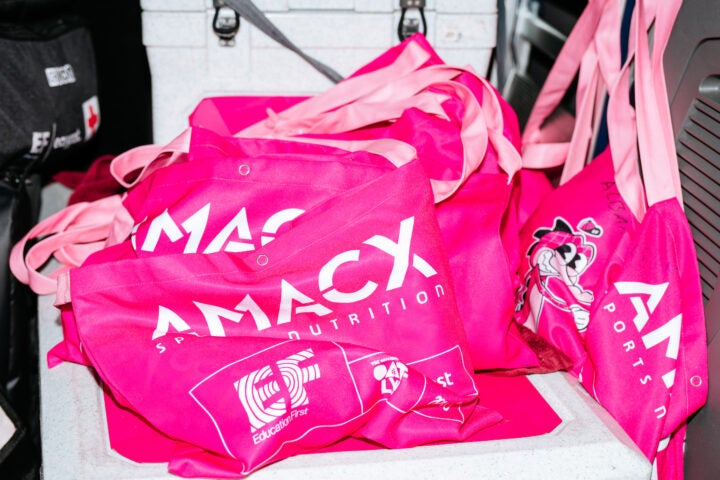
So what is the magic number for us “normies?” 60 grams per hour? 80 grams? 90?
Even in the super-sophisticated WorldTour, finding an optimal fueling strategy is a mix of art and science.
Without the use of costly, time-consuming lab tests, it’s an endless trial-and-error that gives different results for everyone. In the WorldTour, nutritionists and trainers collaborate so “gut training” protocol can be brought into the most intense workouts.
These high-carb sessions prime the digestive system to absorb as much sugar as possible and help set targets for future racing.
But as Michael Woods found out in the first week of the Tour, understanding how to max out fuel reserves without going GI crazy is a constant work in progress.
Woods was aiming at “only” 105 grams of carb per hour when he had to run into an RV for an explosive number two.
Just imagine what might have happened if he were trying for 120.
A ‘progressive overload’ approach
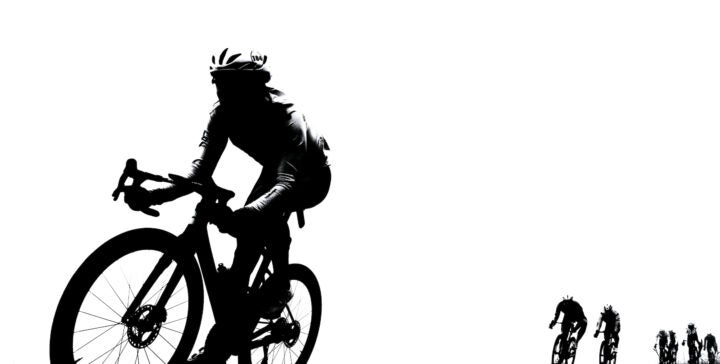
Martins and Podlogar believe nearly all amateurs can benefit from feeding better. How much more will depend on an individual’s training load and intensity, and a myriad of external factors.
“If I have an amateur who tells me they can barely tolerate 60 grams, then the next step for this person is to tolerate 80 grams,” Martins said. “Also it’s good for them to learn what ratio is better for them. 2:1 glucose to fructose, or maybe 1:0.8.
“And then we make small steps to progress from there,” he continued. “Some might find they can get to 100, for example. But from my experience, very few recreational riders can benefit from doing what these guys like Jonas do.
So don’t go blowing your budget on a crate of carbs just yet.
A more moderate size box might be plenty for most of us but the pros.
